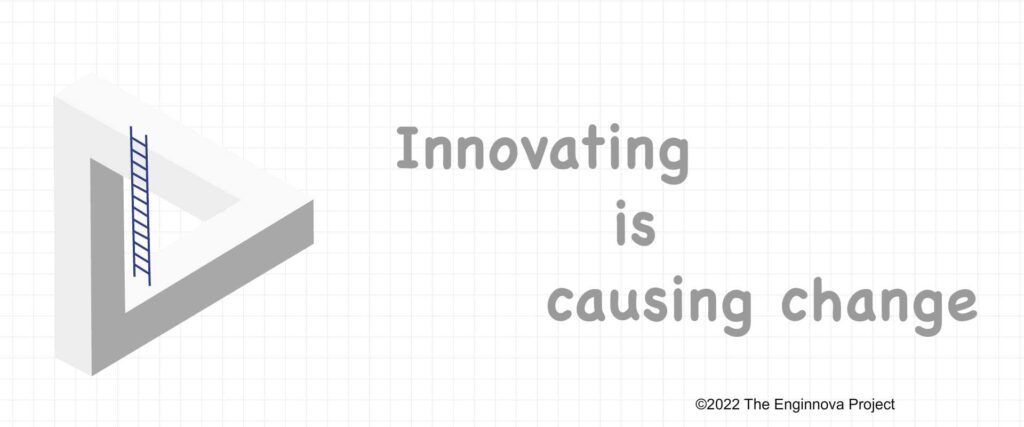
To achieve short-term success and long-term stability, a business must, paradoxically, master the processes of stability and the practice of change.
The individual elements of the processes of stability are well known.
The elements can be described by most people working in a business: promoting – selling – taking orders – acquiring the units of production (capital, labor, equipment) – purchasing materials – scheduling production – producing – delivering – servicing. The people know what tasks they must perform. These tasks are organized as a business system and managed as standard work.
The organizational skill to deliver stable results from the business system is execution.
The individual elements of the practice of change are not well known.
The elements are not easily described by people working in a business. People know that change means they are going to be involved in something new and different. That adding the new thing will either be in addition to, or will replace, what they are currently doing. That the new thing must be invented, developed and deployed. That whether the new thing will work, how well it will work, and what results it will deliver compared to what they are doing today, is uncertain and has an element of personal risk associated with it. Even though the practice of change can be organized systematically, the implementation is managed as non-standard work.
The organizational skill to deliver different results in a changing environment is adaptability.
Innovating, by definition, is causing change by the invention and introduction of something new.
An innovation, by definition, is something new that is accepted and adopted.
Innovating, resulting in an innovation, requires mastering the practice of change.
